Portugal’s stunning coastline stretches over 1,000 miles, embracing everything from vast golden expanses to intimate coves nestled between dramatic cliffs. The Atlantic waters that kiss these shores bring refreshing temperatures and impressive waves that have made Portugal a surfing paradise. Beyond their natural beauty, these beaches tell stories of maritime exploration, fishing traditions, and the profound connection between Portuguese culture and the sea.
Here is a list of 20 of the most breathtaking beaches that Portugal has to offer.
Praia da Marinha

Limestone cliffs frame this Algarve gem, creating one of the most photographed beaches in Portugal. Natural stone arches and crystalline turquoise waters combine to create a landscape that appears in Portuguese tourism materials worldwide.
The beach reveals hidden grottoes and sea caves during low tide, rewarding explorers with intimate glimpses of coastal geology shaped over millions of years.
Benagil Beach
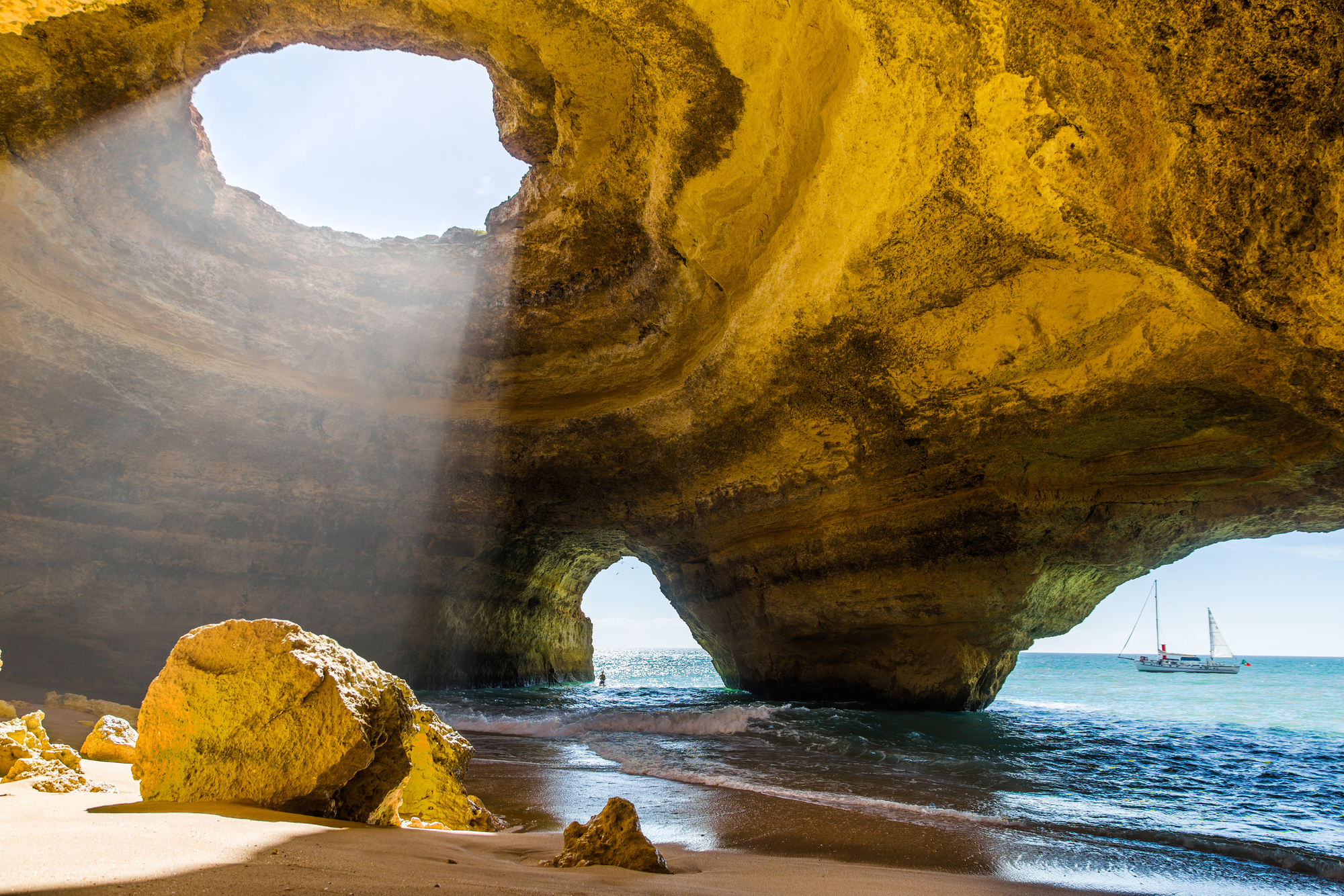
This small fishing village beach is famous for its magnificent sea cave with a natural oculus that allows sunlight to create an ethereal spotlight on the sand below. The surrounding golden cliffs contrast dramatically with the azure waters, creating a color palette that seems almost artificially enhanced.
Access to the iconic cave requires swimming or taking a boat tour from the beach, adding an element of adventure to visiting this natural wonder.
Like Travel Pug’s content? Follow us on MSN.
Praia do Camilo
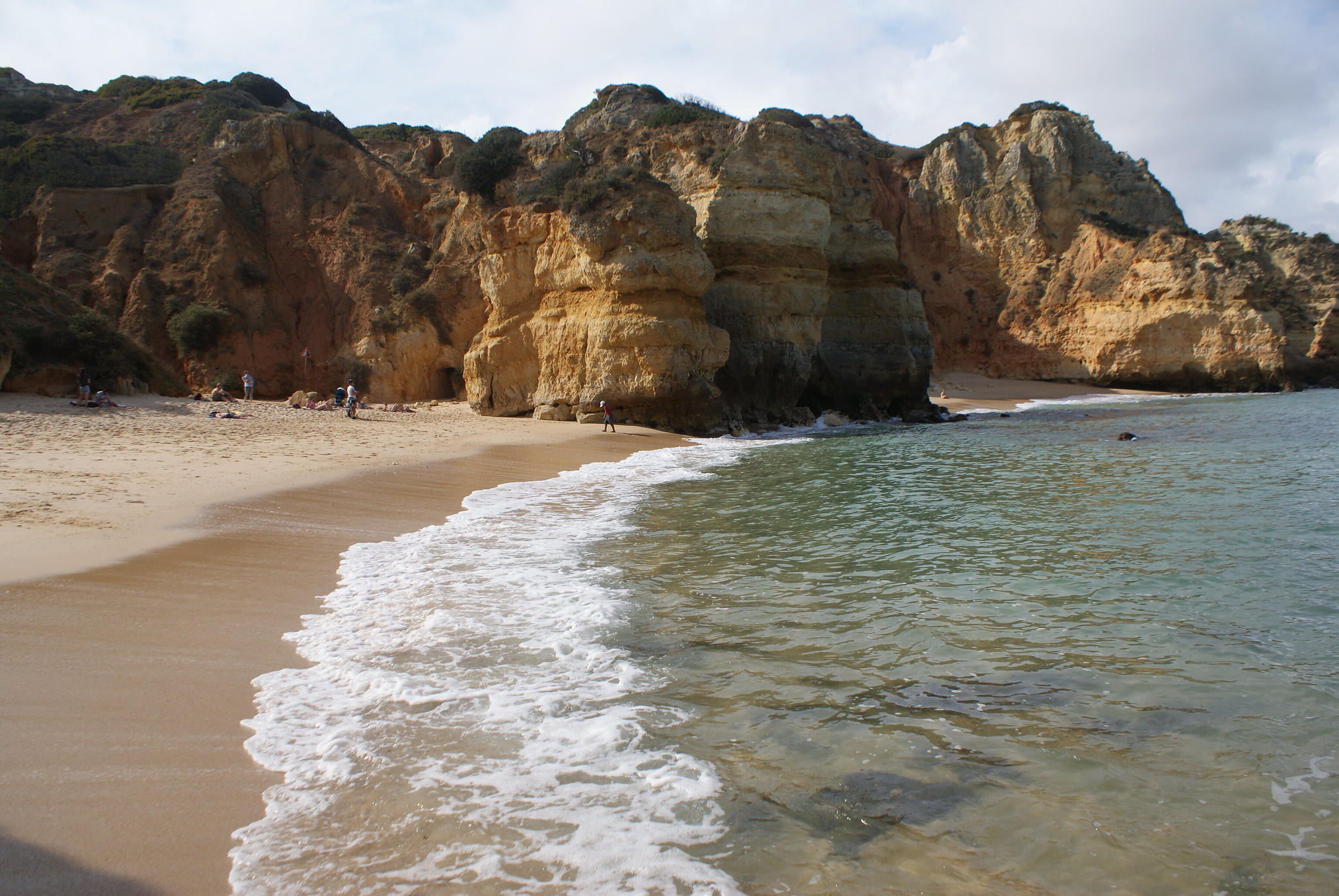
A wooden staircase of nearly 200 steps leads down to this intimate cove surrounded by ochre-colored cliffs in the Lagos region. The beach actually consists of two small sandy areas connected by a natural tunnel through the limestone rock.
Crystal clear waters reveal an underwater landscape perfect for snorkeling among colorful fish that inhabit the rocky outcroppings just offshore.
Nazaré

This beach combines traditional fishing heritage with the world’s biggest surfable waves, creating a fascinating cultural contrast. The north beach becomes famous every winter when massive swells attract big wave surfers attempting to break world records on waves reaching up to 100 feet.
Traditional fisherwomen still wear seven colorful layered skirts while selling dried fish near the beach, symbolizing centuries of maritime culture.
Praia da Falesia
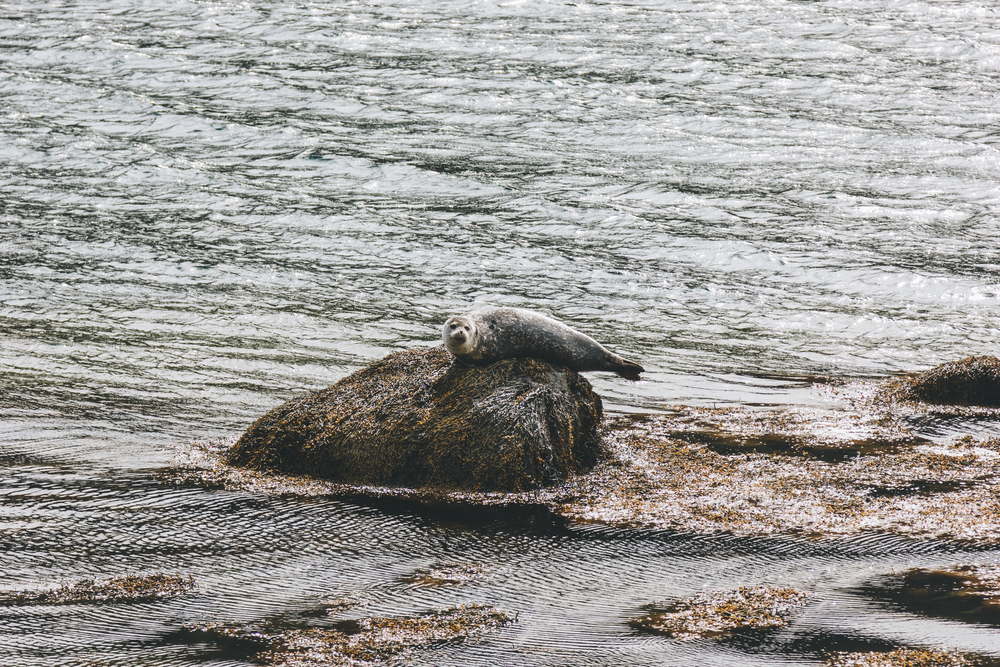
Six miles of golden sands stretch beneath striking red and white cliffs that rise dramatically from the shoreline. Pine forests crown the tops of these multicolored cliffs, adding verdant contrast to the earthy tones of the rock formations.
The beach earned its name from the Portuguese word for ‘cliff,’ aptly describing the defining feature that makes this stretch so visually distinctive.
Like Travel Pug’s content? Follow us on MSN.
Praia da Ursa
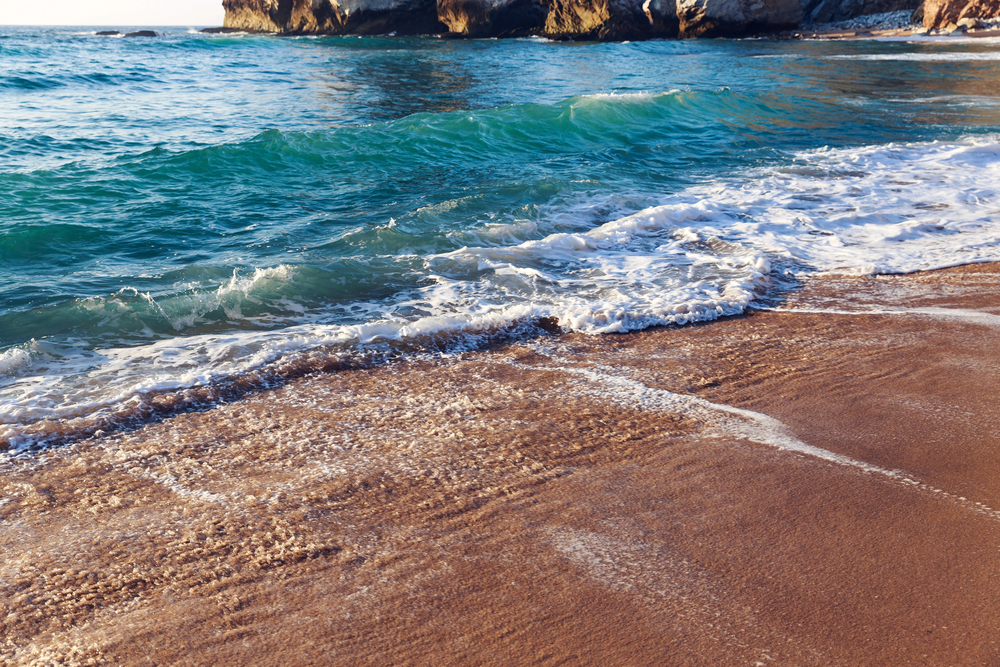
Wild, untamed, and difficult to access, this beach near Cabo da Roca rewards adventurous travelers with unspoiled natural beauty. Massive rock formations rise from the sand and surf like sentinels, including one shaped like a bear that gives the beach its name.
The challenging descent requires a 20-minute hike down a steep, unmarked trail, ensuring this remains one of the least crowded, beautiful beaches in the Lisbon region.
Praia do Guincho
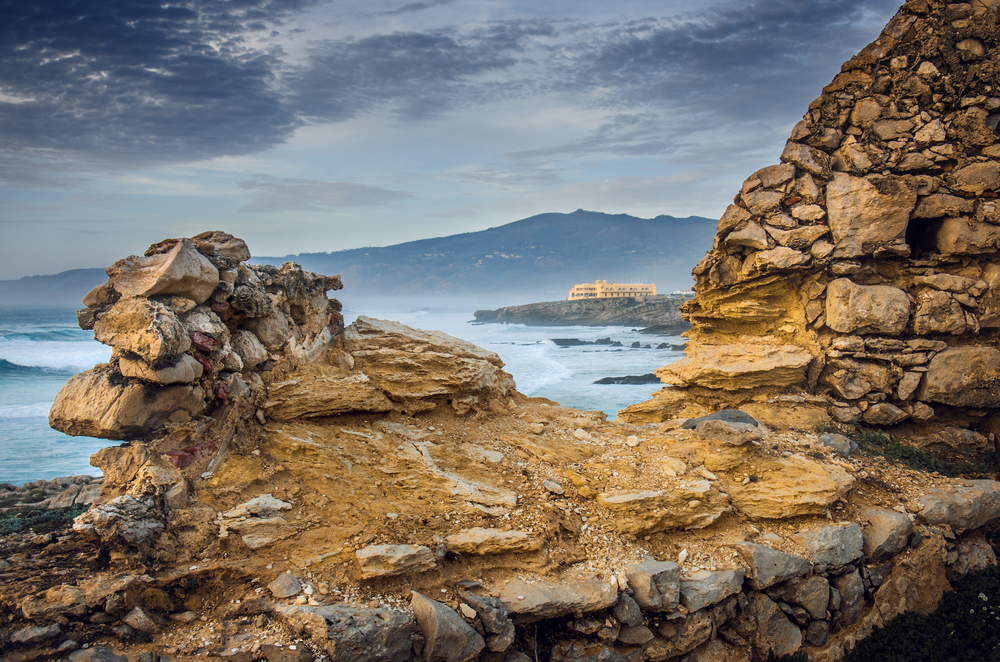
Atlantic winds sweep across this wild expanse of sand north of Cascais, creating perfect conditions for kitesurfing and windsurfing. The beach sits within Sintra-Cascais Natural Park, surrounded by rolling dunes and rugged scenery that featured in the opening sequence of a famous spy film.
Mountain biking trails along the coastline offer alternative ways to experience the dramatic intersection of land and sea.
Praia da Rocha

Impressive rock formations punctuate this wide, golden beach, creating a playground of natural sculptures and intimate coves. A wooden boardwalk runs the length of the beach, connecting beach bars and viewing platforms perfect for watching spectacular sunsets.
The 17th-century Santa Catarina fortress at the eastern end offers panoramic views across the beach and out to sea from its strategic clifftop position.
Like Travel Pug’s content? Follow us on MSN.
Praia de Odeceixe

This unique beach sits at the border between the Algarve and Alentejo regions, where the Seixe River meets the Atlantic Ocean. The beach forms a perfect half-moon of sand with riverbanks on one side and ocean waves on the other, offering both calm and wild waters.
The surrounding landscape includes dramatic black schist cliffs covered with vibrant wildflowers in spring, creating an artist’s palette of natural colors.
Praia do Castelo
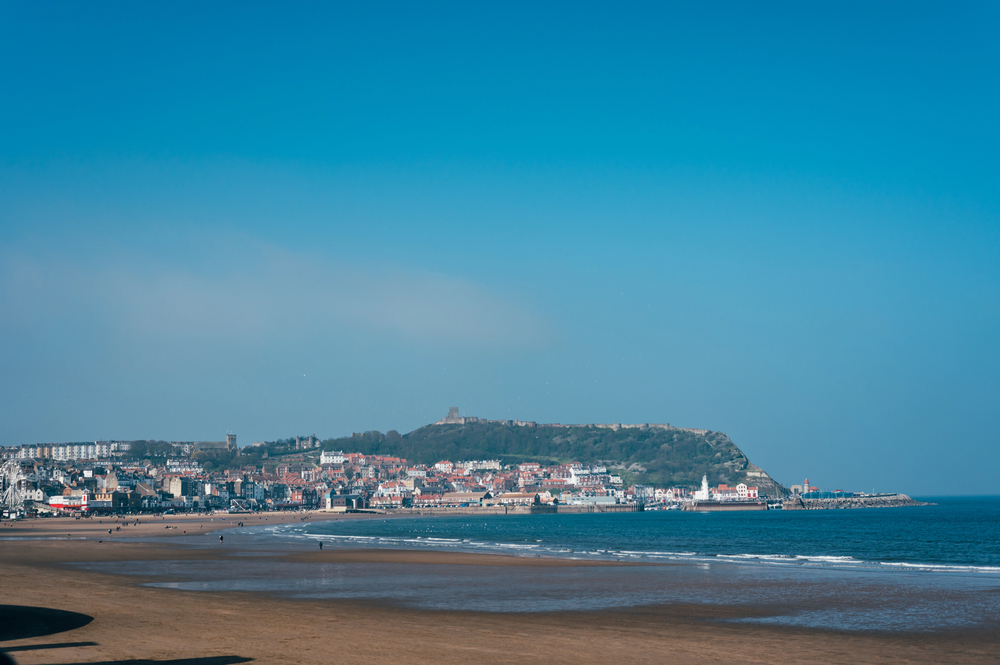
Named for a castle-like rock formation at its northern end, this hidden Algarve beach provides a more secluded experience than its famous neighbors. Golden limestone cliffs surround the sandy cove, creating natural wind protection and a sense of peaceful isolation.
The beach reveals fascinating tide pools during low tide, offering glimpses of coastal marine life among the rocky outcroppings.
Praia da Adraga
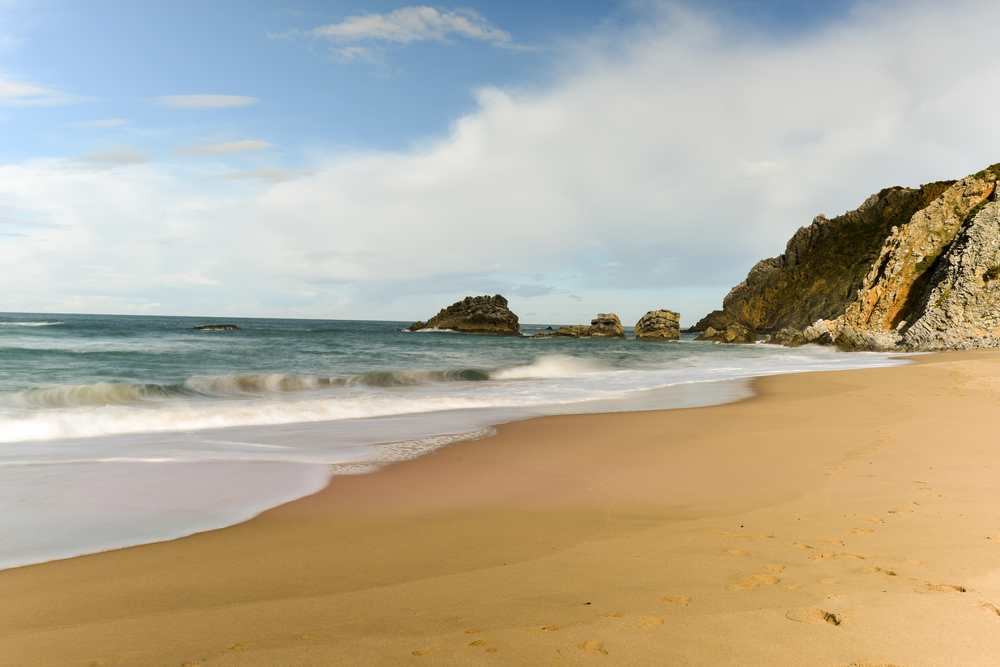
Located near the westernmost point of continental Europe, this beach captures the wild essence of Portugal’s Atlantic coast. Mist often shrouds distinctive rock formations, including natural arches and stacks that rise dramatically from the rolling surf.
A small restaurant overlooking the beach serves fresh seafood caught by local fishermen who still launch boats directly from the sand.
Like Travel Pug’s content? Follow us on MSN.
Porto Covo Beaches
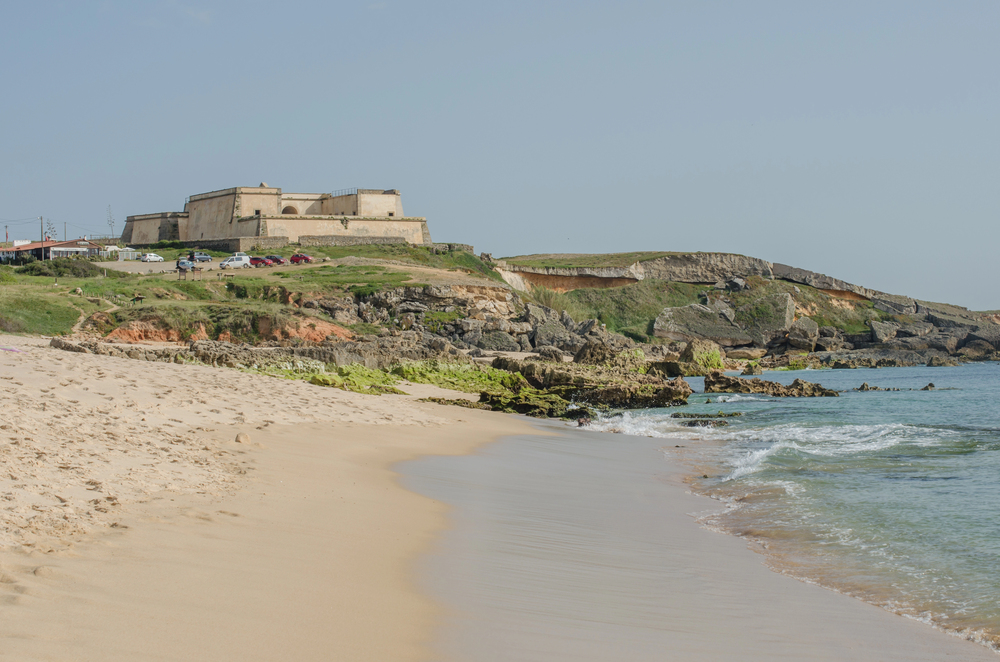
The coastline around this Alentejo fishing village features a series of perfect small coves separated by jagged rock formations. Each miniature beach feels like a private hideaway, with calm, crystal-clear waters protected by natural breakwaters.
The rural setting and distance from major tourist centers keep these beaches pristine even during the summer months.
Praia do Norte

The massive winter waves that made Nazaré famous break most consistently at this beach just around the headland from the main town. A lighthouse and observation point atop the cliff provide spectacular views of surfers tackling walls of water that can reach breathtaking heights.
The beach itself transforms during summer into a more tranquil setting when the giant waves disappear with seasonal weather patterns.
Praia da Bordeira
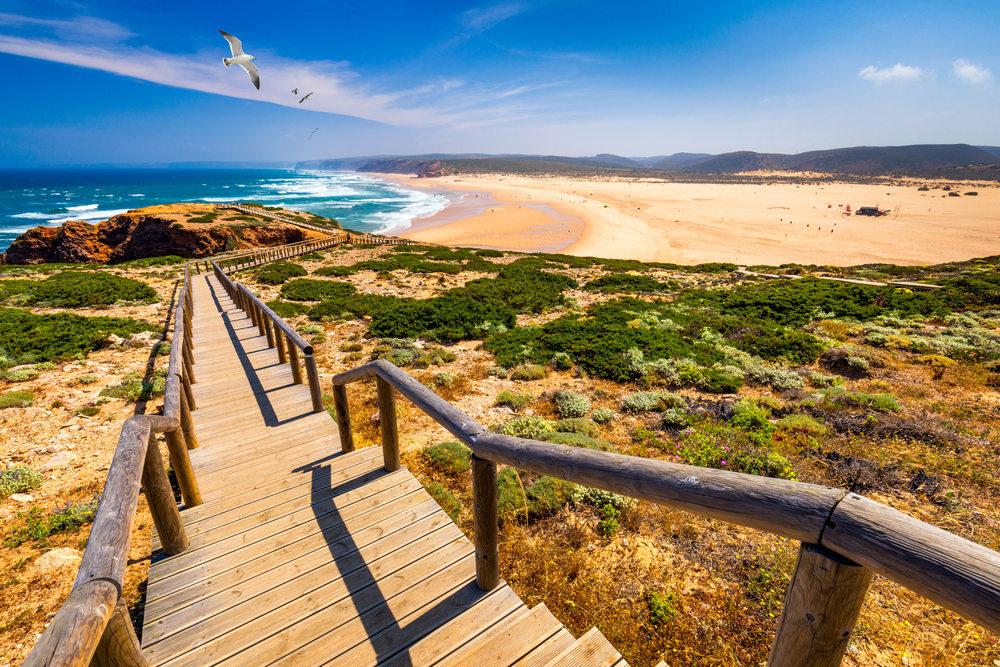
Wild and expansive, this beach in the Costa Vicentina Natural Park stretches for nearly two miles of unspoiled beauty. The Bordeira River creates a natural lagoon alongside the beach, offering a sheltered spot for children to play away from the powerful ocean waves.
The surrounding landscape features dramatic cliffs eroded into fantastic shapes and vast dunes that shift with the constant Atlantic winds.
Like Travel Pug’s content? Follow us on MSN.
Praia do Amado
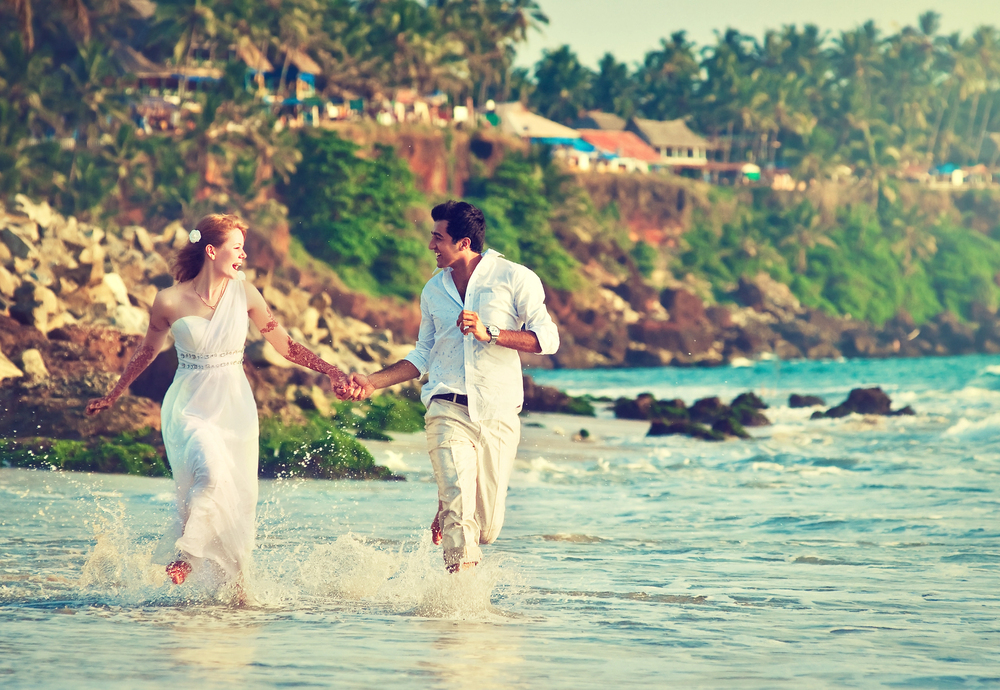
Popular with surfers of all levels, this beach offers consistent waves and stunning natural surroundings in the western Algarve. Colorful cliffs in shades of gold, orange, and red provide a dramatic backdrop to the vast sandy expanse.
Surf schools operate year-round, taking advantage of the beach’s orientation, which provides good conditions regardless of wind direction.
Praia da Dona Ana
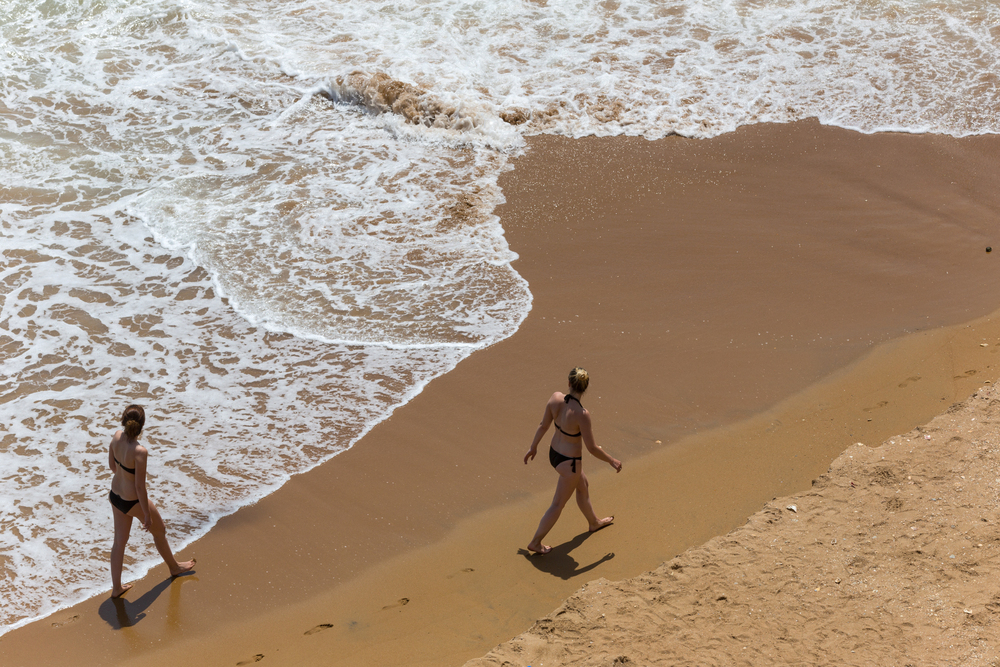
Golden limestone cliffs carved into fantastical shapes by wind and water embrace this small, picture-perfect cove. Crystal clear waters reveal an underwater landscape of rock formations continuing below the surface, creating an ideal environment for snorkeling.
The beach underwent restoration in recent years to preserve its natural beauty while accommodating visitors drawn to its postcard-worthy setting.
Praia da Comporta
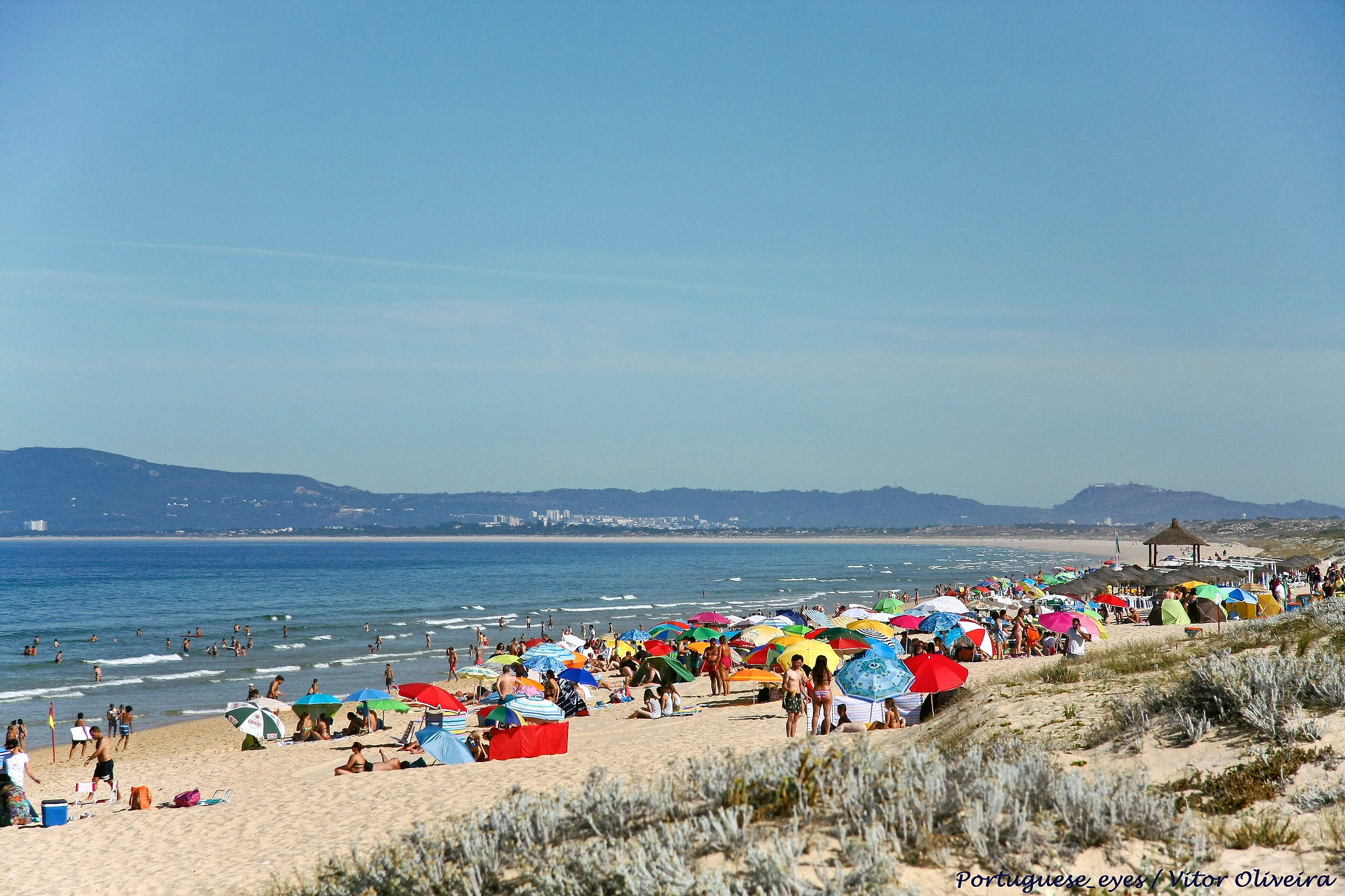
White sand stretches for miles along this beach, which is backed by rice fields and pine forests rather than development. The pristine nature of this coastline owes much to its former status as part of a private estate that limited access and construction.
Traditional fishing boats add splashes of color to the shoreline where the Sado Estuary meets the Atlantic Ocean.
Like Travel Pug’s content? Follow us on MSN.
Miramar Beach
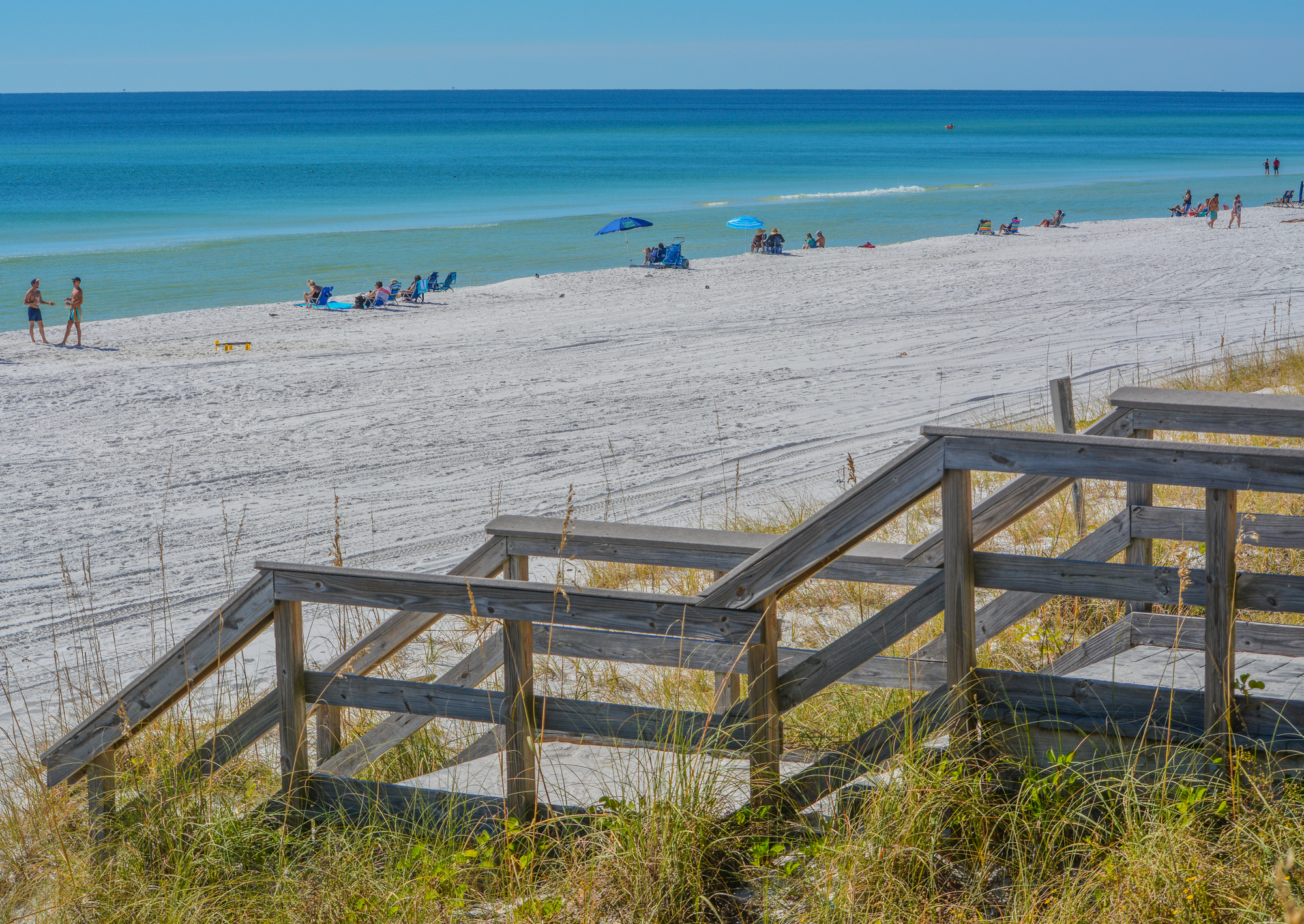
A tiny 17th-century chapel built on a rock platform stands directly on this beach, creating one of Portugal’s most unique coastal scenes. Known as the Chapel of Senhor da Pedra, this unusual structure appears isolated by the tide twice daily, seemingly floating on the ocean.
The beach combines historical interest with natural beauty, offering golden sands and dramatic rock formations within sight of Porto.
Praia da Arrifana
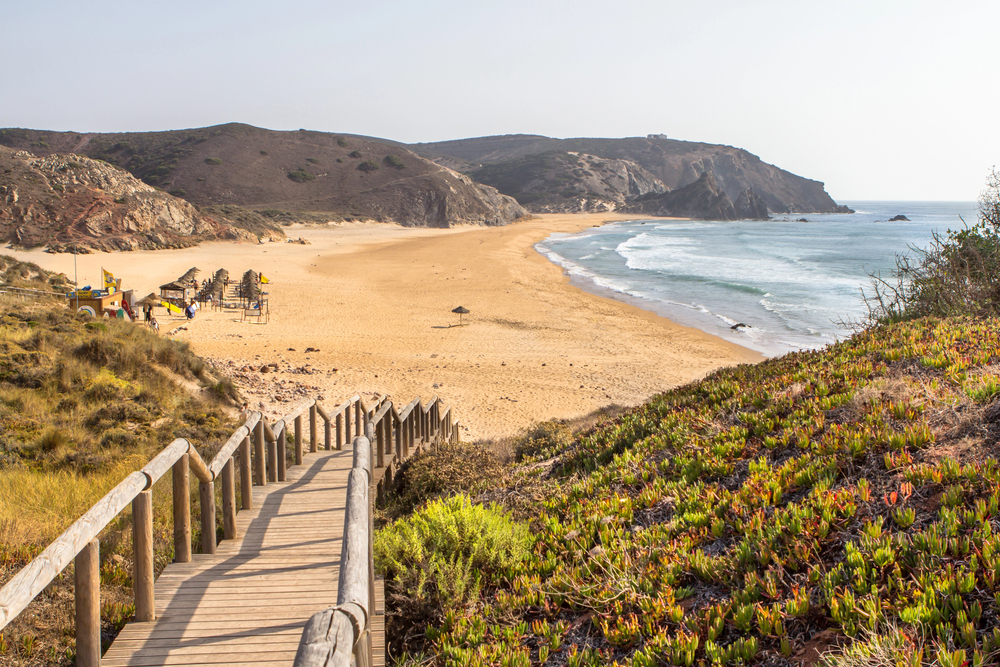
A distinctive needle-shaped rock formation rises from the ocean near this crescent-shaped beach on the western Algarve coast. The dark sand beach sits at the base of towering cliffs that provide shelter from prevailing winds and magnificent sunset views.
Remnants of an ancient fortress on the cliff reveal the historical importance of this coastline for Portugal’s maritime defenses.
Praia Ponta da Piedade
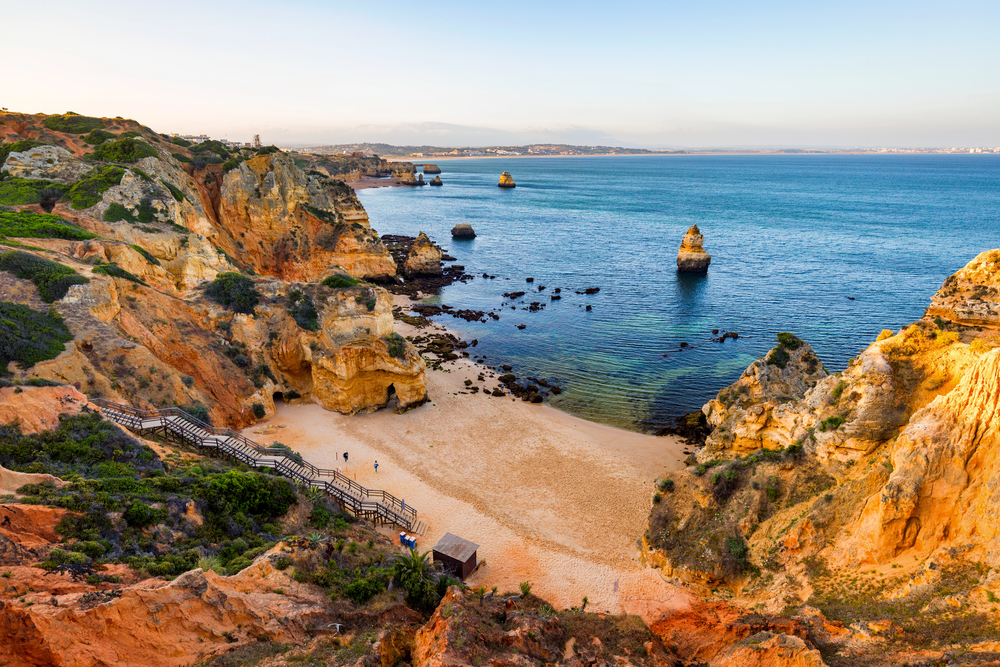
While technically more a series of grottos and rock formations than a traditional beach, this natural wonder deserves inclusion for its breathtaking beauty. Golden limestone formations have been sculpted by the elements into arches, tunnels, and pinnacles emerging from crystal clear turquoise waters.
Small boats navigate the maze-like passages between rock formations, revealing hidden beaches accessible only from the sea.
Like Travel Pug’s content? Follow us on MSN.
Where Land Meets Sea
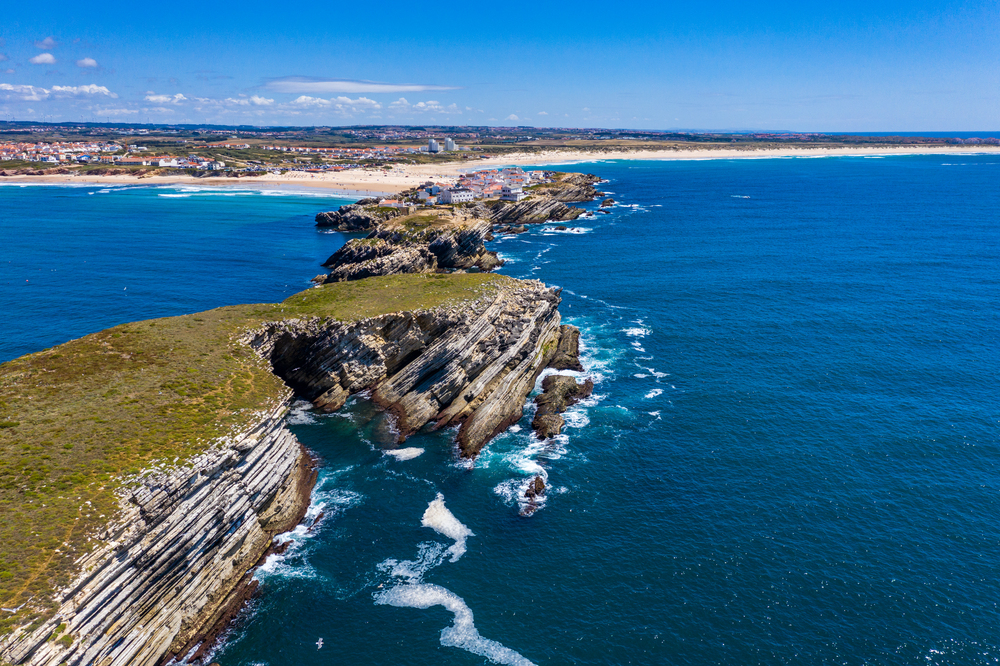
Portugal’s beaches represent more than just places for sun and recreation – they embody the soul of a nation defined by its relationship with the ocean. These coastal treasures reflect Portugal’s diverse landscapes, from the dramatic cliffs of the Algarve to the wild dunes of the Alentejo and the powerful surf beaches of the central coast.
The 20 beaches described here offer just a glimpse of Portugal’s coastal riches, each with unique characteristics shaped by nature and connected to centuries of maritime history.
More from Travel Pug

- Cities Growing so Fast You Won’t Recognize Them in 10 Years
- 13 Destinations Where Tourists Regularly Regret Their Trip
- 16 U.S. Cities That Are Quietly Becoming Travel Hotspots
- Where to Travel If You Love Long Bus Rides and Daydreams
- 20 Cities Perfect for Solo Travelers Who Crave Adventure & Culture
Like Travel Pug’s content? Follow us on MSN.
